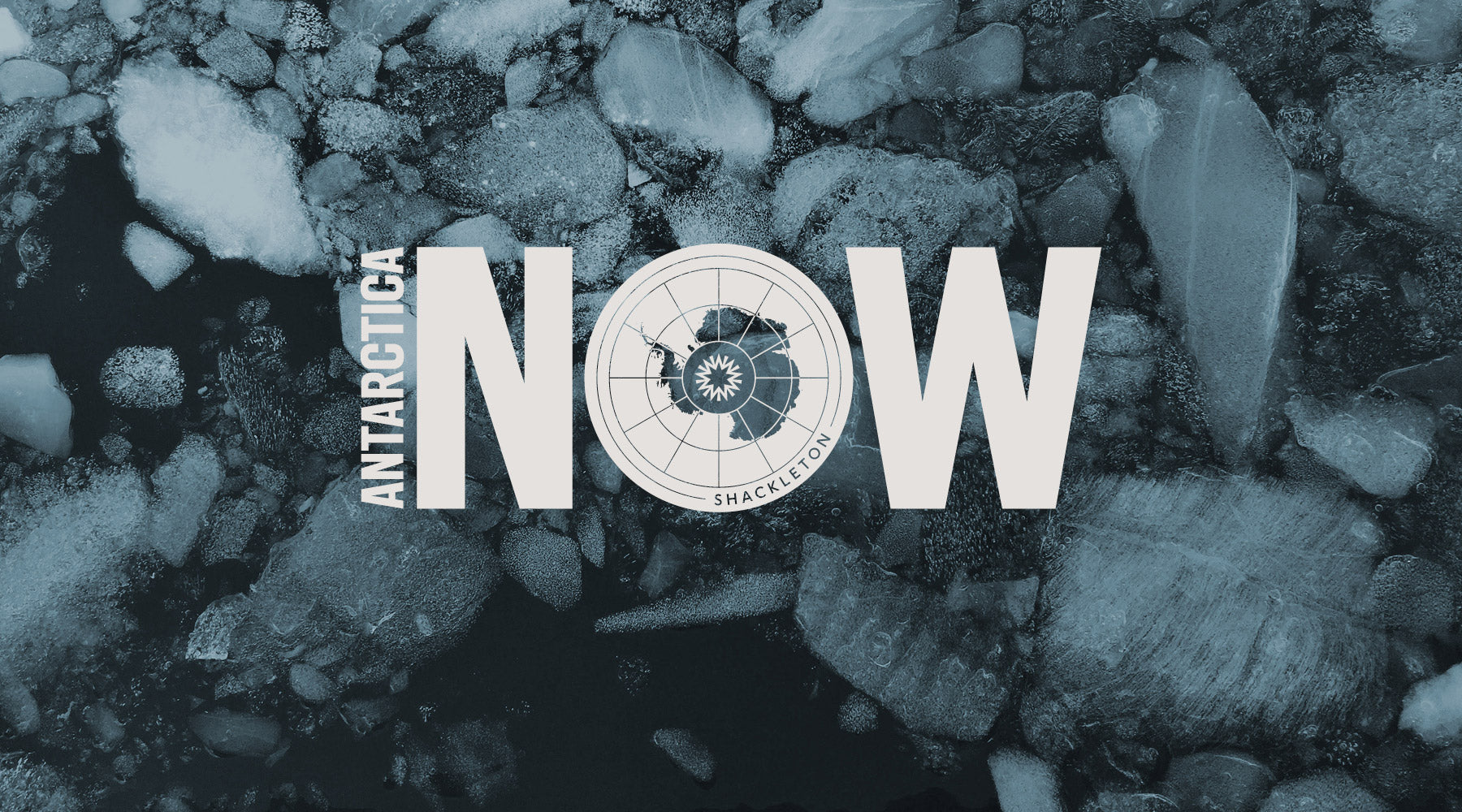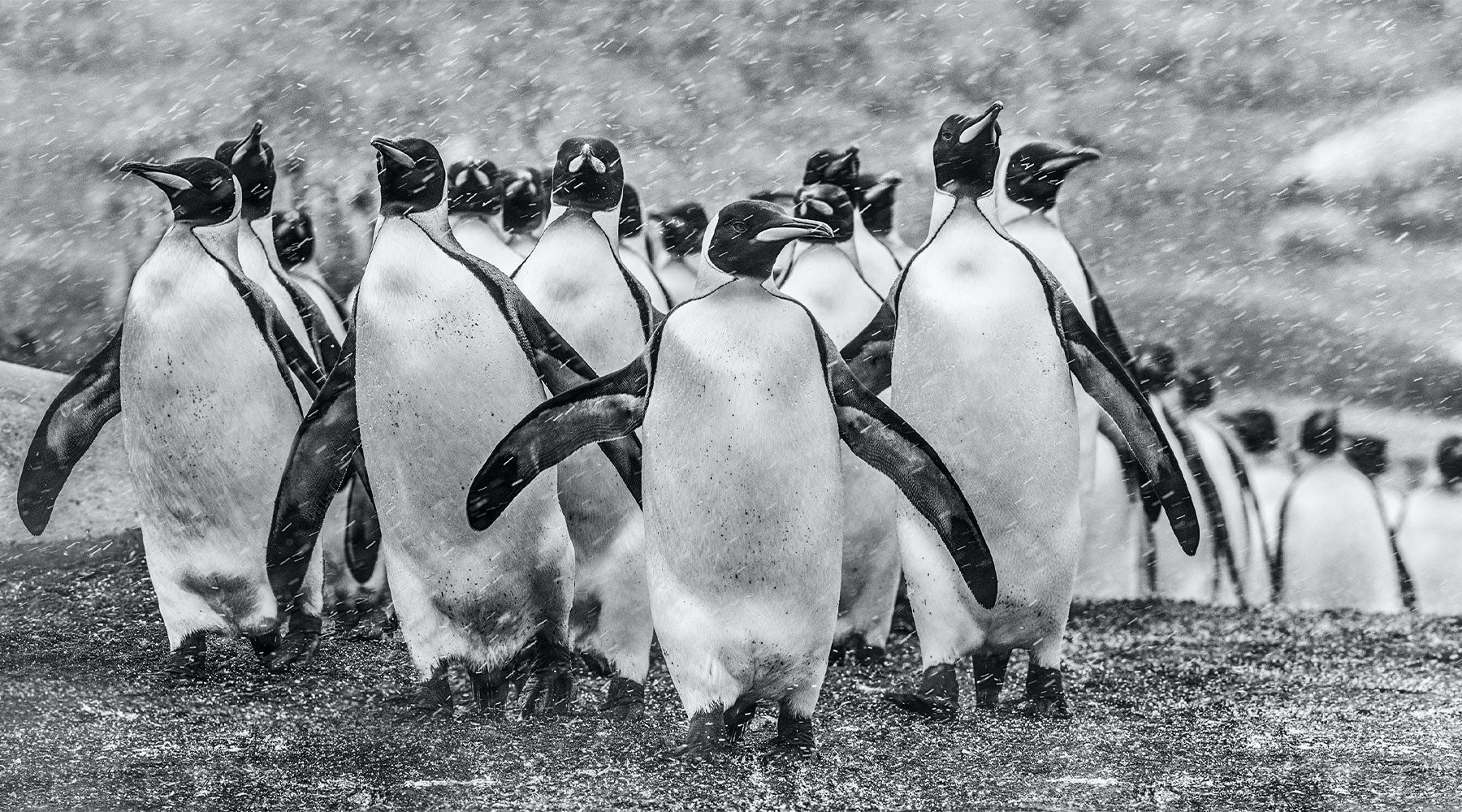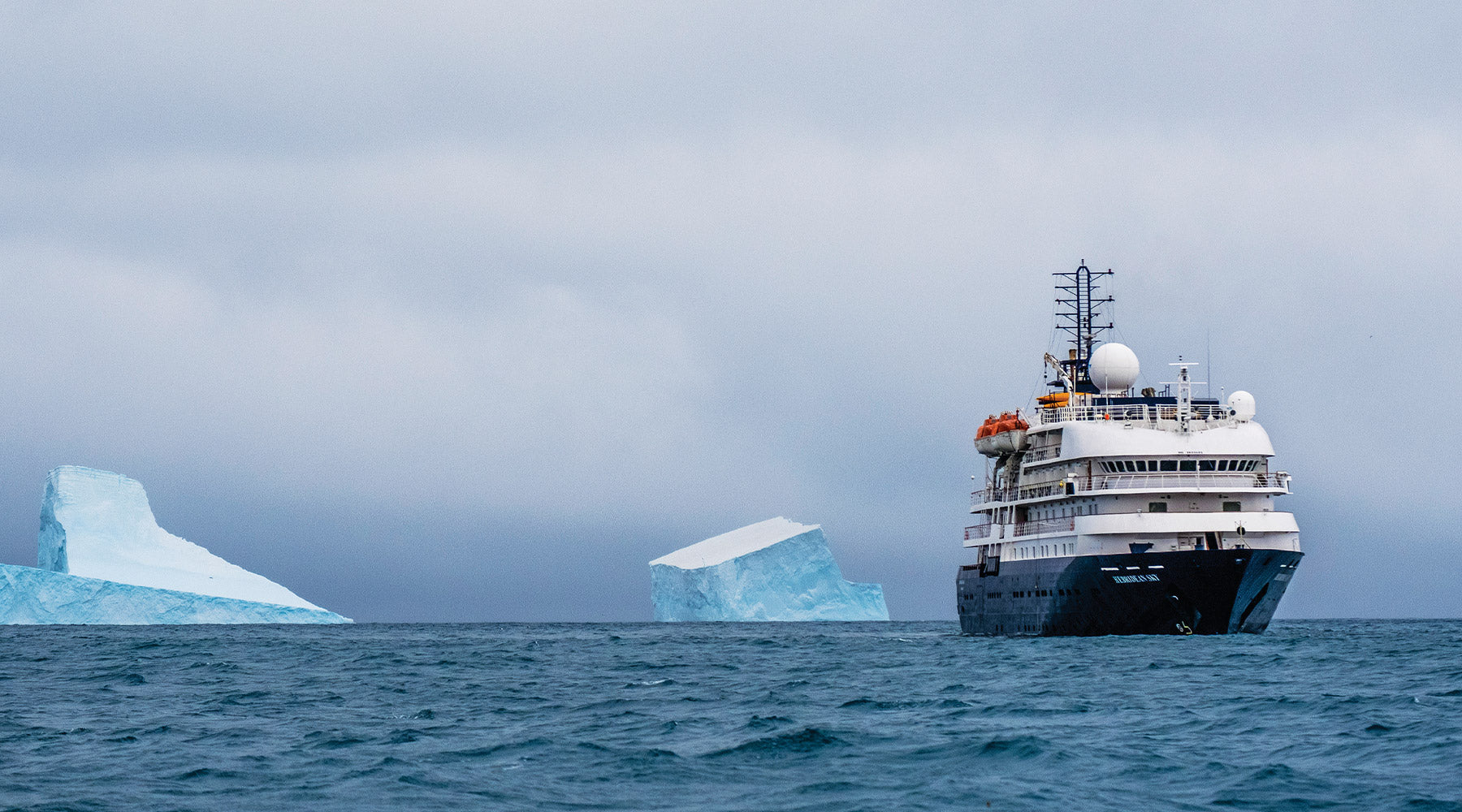
Ice as a time machine, by Dr Mackenzie Grieman
Ice as a time machine – what stories can glaciers and ice sheets tell us about our past?
The history of science is in part a history of happy accidents – just ask Sir Isaac Newton. One such accident took place in 1965. A Frenchman who had spent his day drilling for ice cores in Antarctica casually dropped a piece of historic ice into a glass of whisky and watched as the pressurised air inside it suddenly released to form bubbles. The Frenchman was the famous glaciologist Claude Lorius. When he saw the bubbles, he quickly realised that they would contain air trapped at the point when the ice was formed, from hundreds or even thousands of years beforehand. Over the next decades he devoted himself to analysing the bubbles to work out what the composition of the atmosphere was at the time they were absorbed into the ice. As a result he became the first expert to identify the role played by greenhouse gases in global warming.
Today the study of ice cores and what’s described as ‘ice memory’ is a highly respected method not just of studying climates of the past but also of predicting what might happen in the future. Antarctica NOW is very happy to welcome Dr Mackenzie Grieman, who does her work as an ice-core specialist and paleo-climatologist at Cambridge University. She has travelled to the Antarctic as part of her work on the WACSWAIN project, which stands for the Warm Climate Stability of the West Antarctic Ice Sheet in the last Interglacial. What this basically means is that she is part of a team of scientists trying to work out if the West Antarctic Ice Sheet will melt entirely because of global warming. To do this they are looking at the clues trapped in ice from up to 130 thousand years ago.


